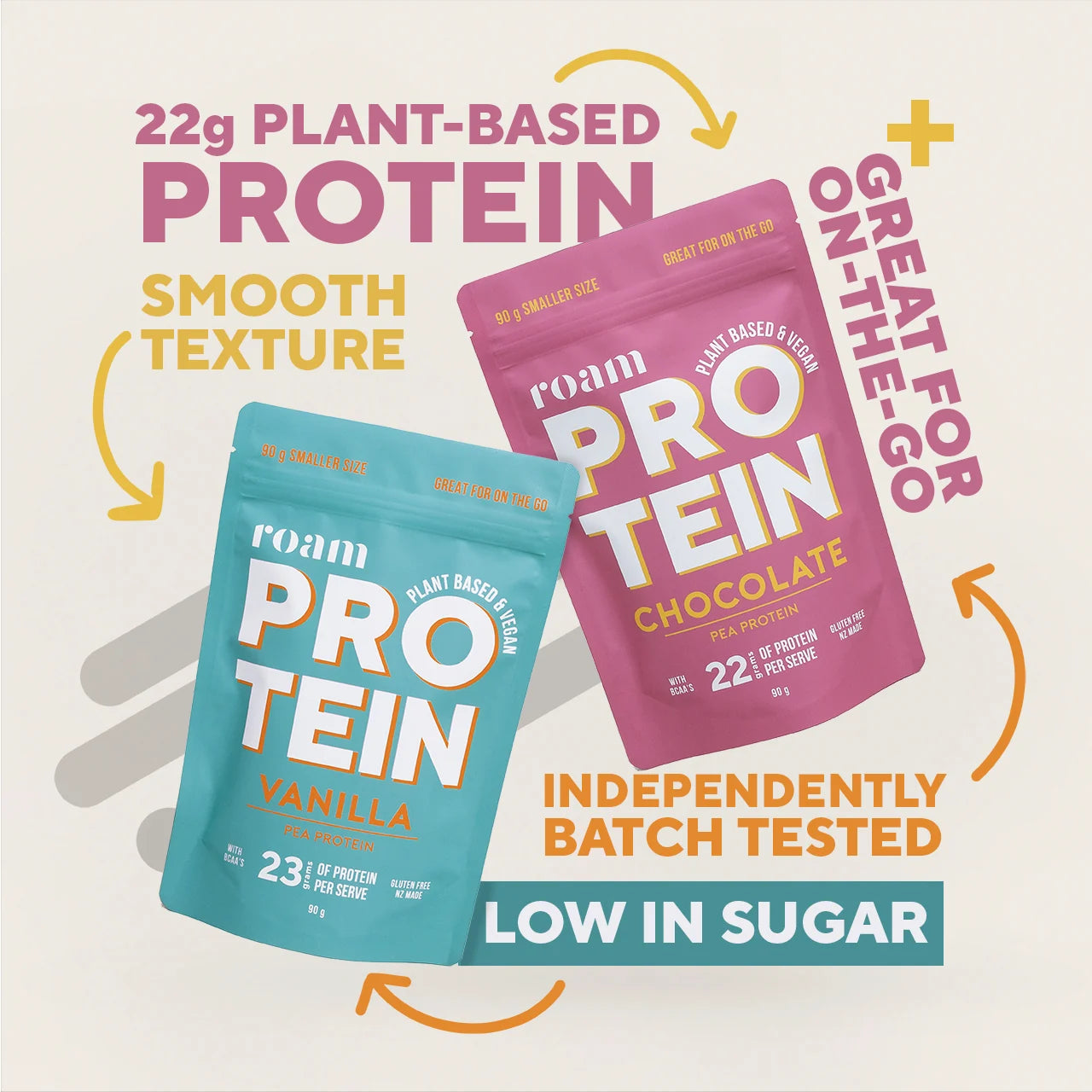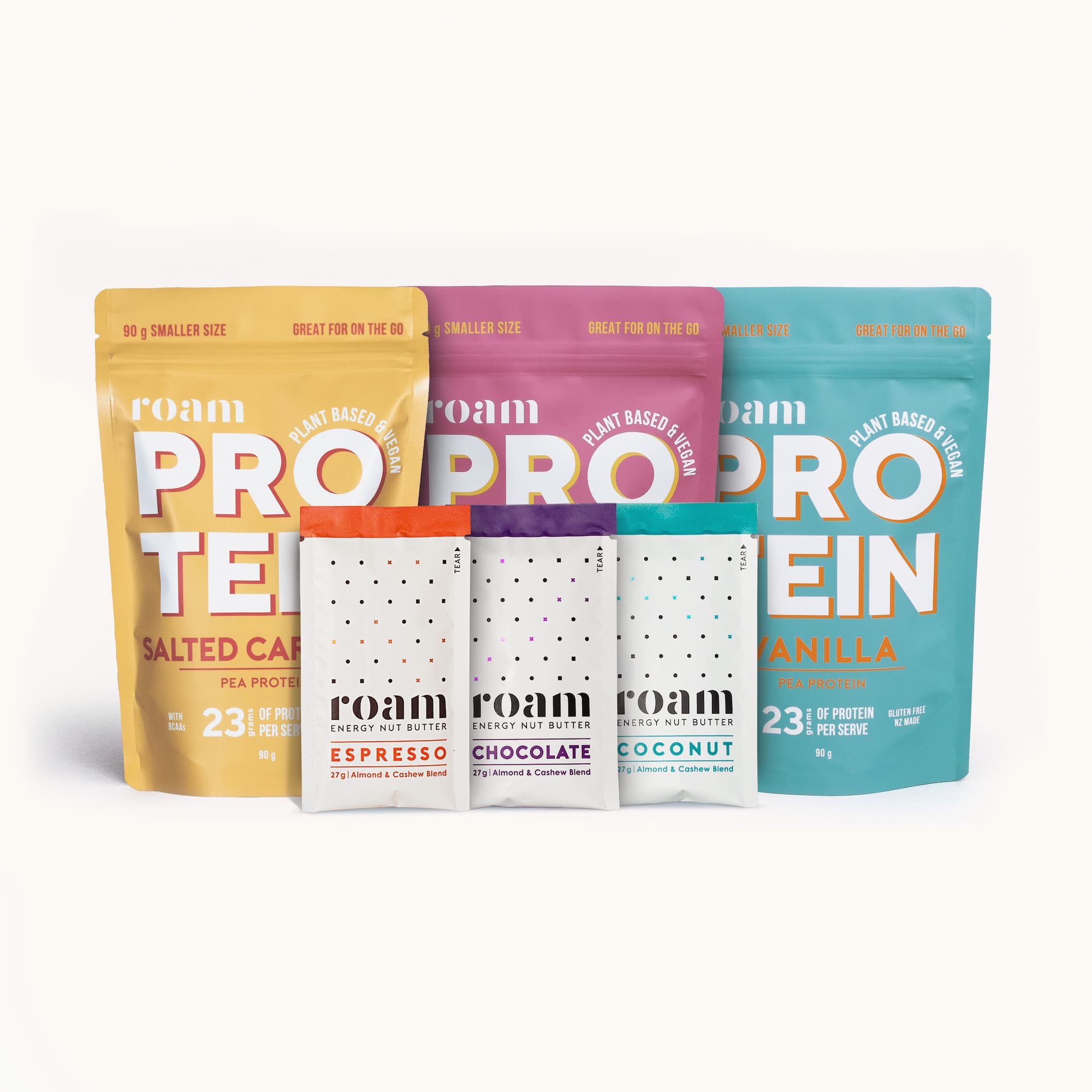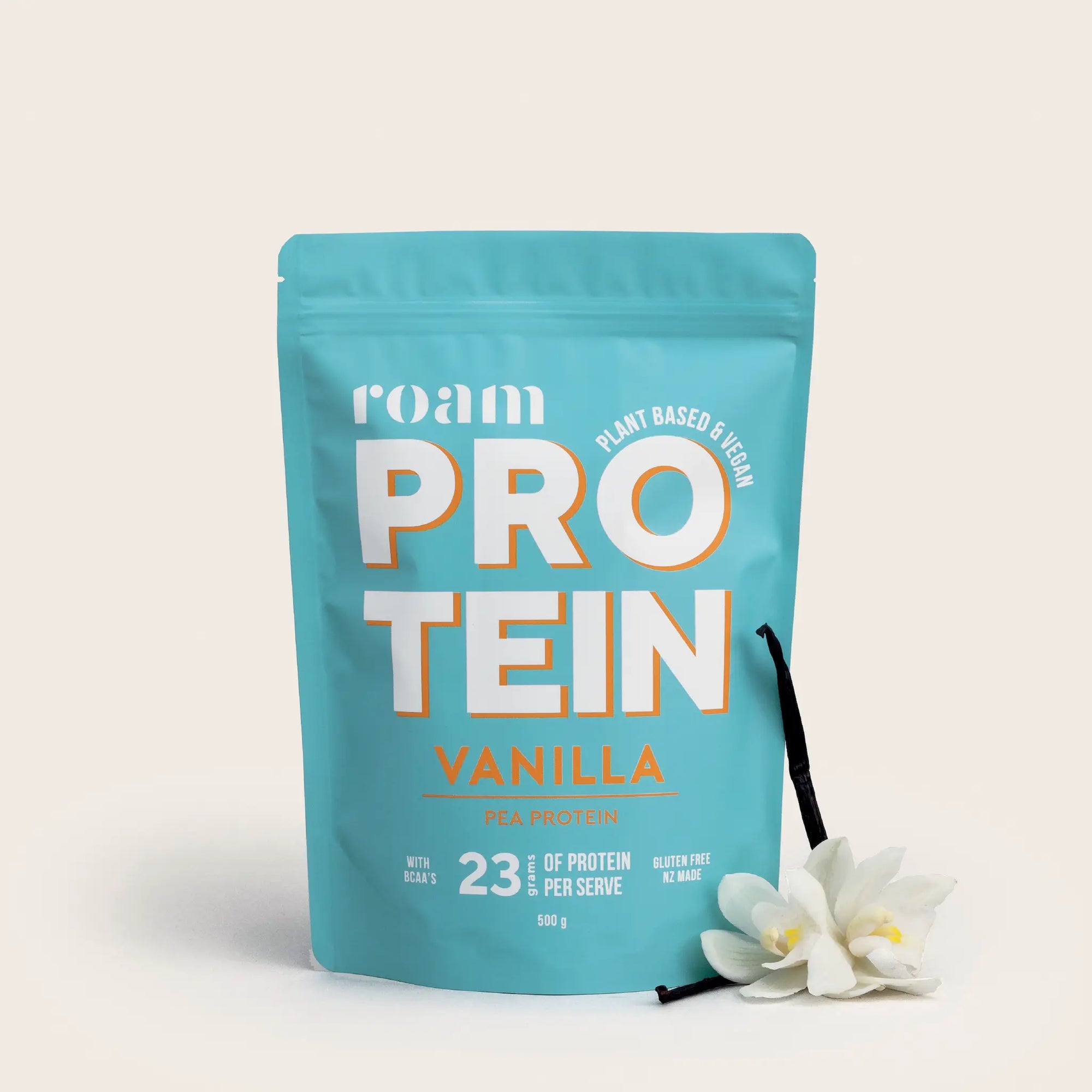What is Lactate?
Lactate, often referred to as lactic acid, is a compound that your body produces during intense exercise. When you engage in strenuous activities, your muscles require more energy, and the body breaks down glucose to meet this demand. Lactate is a by-product of this process.
In the context of sports and exercise, lactate is commonly associated with muscle fatigue and the "burning" sensation experienced during high-intensity workouts (anaerobic metabolism). However, lactate is not necessarily a bad thing. Lactate isn't a waste product - it actually plays an important role in energy production. Lactate can be transported to other tissues (such as the liver) and can be recycled back into glucose. This glucose can then be used as an energy source. Pretty cool, huh?
In other words, lactate can be part of a cycle that helps to provide energy during prolonged exercise. It's a more nuanced picture than simply associating lactate with muscle fatigue.
Understanding lactate levels and how the body processes lactate is useful for athletes to know, especially in endurance sports. Monitoring lactate thresholds can help to optimise training, allowing athletes to push their limits without overtraining.
From a sports nutrition perspective, some strategies aim to support the body's ability to manage lactate, and therefore enhance performance. Some of these strategies are straightforward, others are still require more research:
-
Carbohydrate Loading: Ensuring that glycogen stores are fully stocked before intense exercise can help the body rely more on aerobic metabolism, which produces less lactate than anaerobic metabolism.
-
Proper Hydration: Staying well-hydrated can help the body's systems function optimally, including the removal and recycling of lactate.
-
Electrolyte Balance: Some athletes might use substances like sodium bicarbonate (baking soda) to neutralise the acids produced during intense exercise, including lactic acid. This can help delay the onset of muscle fatigue. In fact, a review by Peter Christensen and his colleagues found that sodium bicarbonate improved high-intensity exercise performance, with an increase in performance similar to that achieved through caffeine usage. [1]
-
Protein and Amino Acids: Certain amino acids, such as glutamine, may play a role in supporting the body's ability to handle lactate, though research in this area is ongoing.
-
Timing of Nutrient Intake: Consuming carbohydrates during prolonged exercise can help sustain energy levels and potentially reduce the reliance on anaerobic metabolism, thus reducing lactate production.
-
Dietary Adaptations: Some athletes may follow specific dietary strategies, such as a diet high in carbohydrates, to support their body's ability to handle lactate during specific training phases.
-
Antioxidant-Rich Foods: Consuming foods rich in antioxidants may help mitigate oxidative stress associated with intense exercise and lactate production.
Reference:
[1] Christensen, Peter M et al. “Caffeine and Bicarbonate for Speed. A Meta-Analysis of Legal Supplements Potential for Improving Intense Endurance Exercise Performance.” Frontiers in physiology vol. 8 240. 9 May. 2017, doi:10.3389/fphys.2017.00240
Try the Roam Range





 Protein Essentials Bundle
Protein Essentials BundleProtein Essentials Bundle
Regular priceUnit price per$194.95 NZDSale price $150.00 NZD




OUR MISSION IS TO PROVIDE NATURAL NUTRITION TO SUPPORT ACTIVE LIFESTYLES.
We do:
NATURAL. We use real ingredients. No artificial flavours or fillers.
TASTY. Truly yummy products that keep you coming back for more.
ADVENTURE. From mountain peaks to urban streets, Roam is the best on-the-go food option.
SENSIBLE SCIENCE. Practical exercise nutrition supported by evidence.










